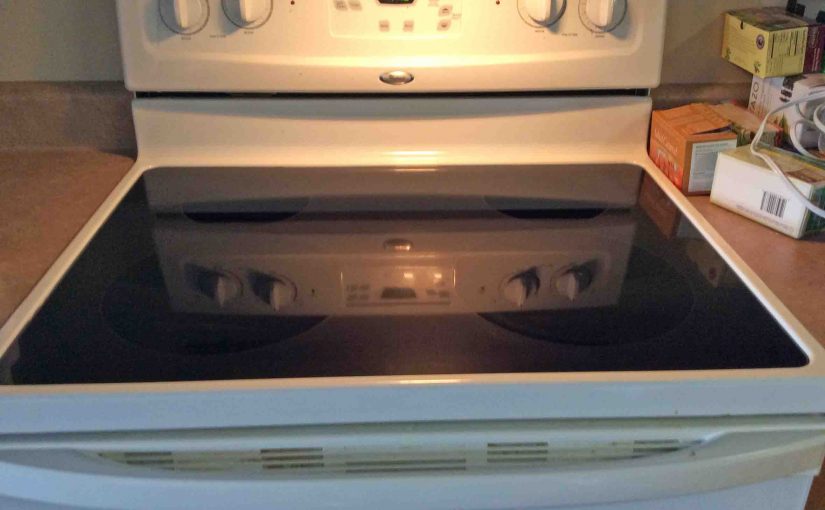A convection oven, as found in the typical home kitchen, is a gas or electrically heated oven. But it’s not a microwave, although SOME microwave ovens feature a convection heating setting. These ovens offer several cons over conventional models. So in this post, we list some of these convection oven advantages and disadvantages over other means of baking.
There are convection oven designs in both over-range and in-range models. We also find them in counter top toaster ovens, and in both permanent and portable microwave ovens. Indeed, convection ovens come in about every size from small portable units to large built-ins. Most have a fan inside at the rear of the baking chamber. Convection ovens by Kitchenaid, Hamilton Beach, Cuisinart, Bravetti, Black and Decker, Whirpool, Europro, et al.
Convection Oven Disadvantages and Cons
1. Has a Fan Motor to Break Down
However, with a convection oven, you have the additional fan motor(s) to worry about failing. So they can be less reliable. But that would not typically be an issue if the motors are of good quality. Well constructed fans can run continuously for many years without wearing out.
2. Fans Often Poorly Chosen
Sometimes, the convection fans used can be either under- or over-sized. An undersized fan turns the oven into a traditional radiant style type. It then adopts the disadvantages of that design.
An over-sized fan might force too much heat out of the chamber. This tends to warm the surrounding area too much. It also decreases food-cooking efficiency. Proper fan size is critical thus, in realizing all of the pros of convection ovens. So be sure to select an oven made by a well-known builder.
3. Opening Oven Door Lengthens Baking Times
Opening the door during baking can drastically increase food cook times, by interfering with the convection currents inside. So keep the door closed until it’s time to remove the food. If you like inspecting your cakes while they’re baking, buy a convection unit with a window in its door.
4. Don’t Place Baking Pans Too Close Together
Though you can cook more items at the same time, be careful of how you place the pans. To avoid choking off air flow, leave an inch or so of open space between each baking container. Air flow is probably the single most important ingredient in a well-operating convection oven.
5. Loud Operation
Fan assisted convection ovens can be noisy, depending on the size and quality of the fan.
6. There is a Learning Curve
A cook used to conventional ovens needs to play around with a convection oven to master its oddities. Some foods cook to the same degree, in half the time in traditional ovens. But others may take longer.
7. Convection Ovens are More Pricey
Convection ovens generally cost substantially more than their conventional counterparts. However, they may pay for themselves over time in reduced energy costs and better tasting food.
Convection Oven Disadvantages Conclusion
If you’re a pro chef, and care about just how your oven bakes, then go with convection. But if you’re on a tight budget, or do not care about hot and cold spots in ovens, then go with conventional. We hope this list helps you avoid convection ovens if their problems would make it harder for you to reach your culinary goals.
Related Posts
References for Convection Oven Disadvantages
Revision History
-
- 2023-02-18: First published.
